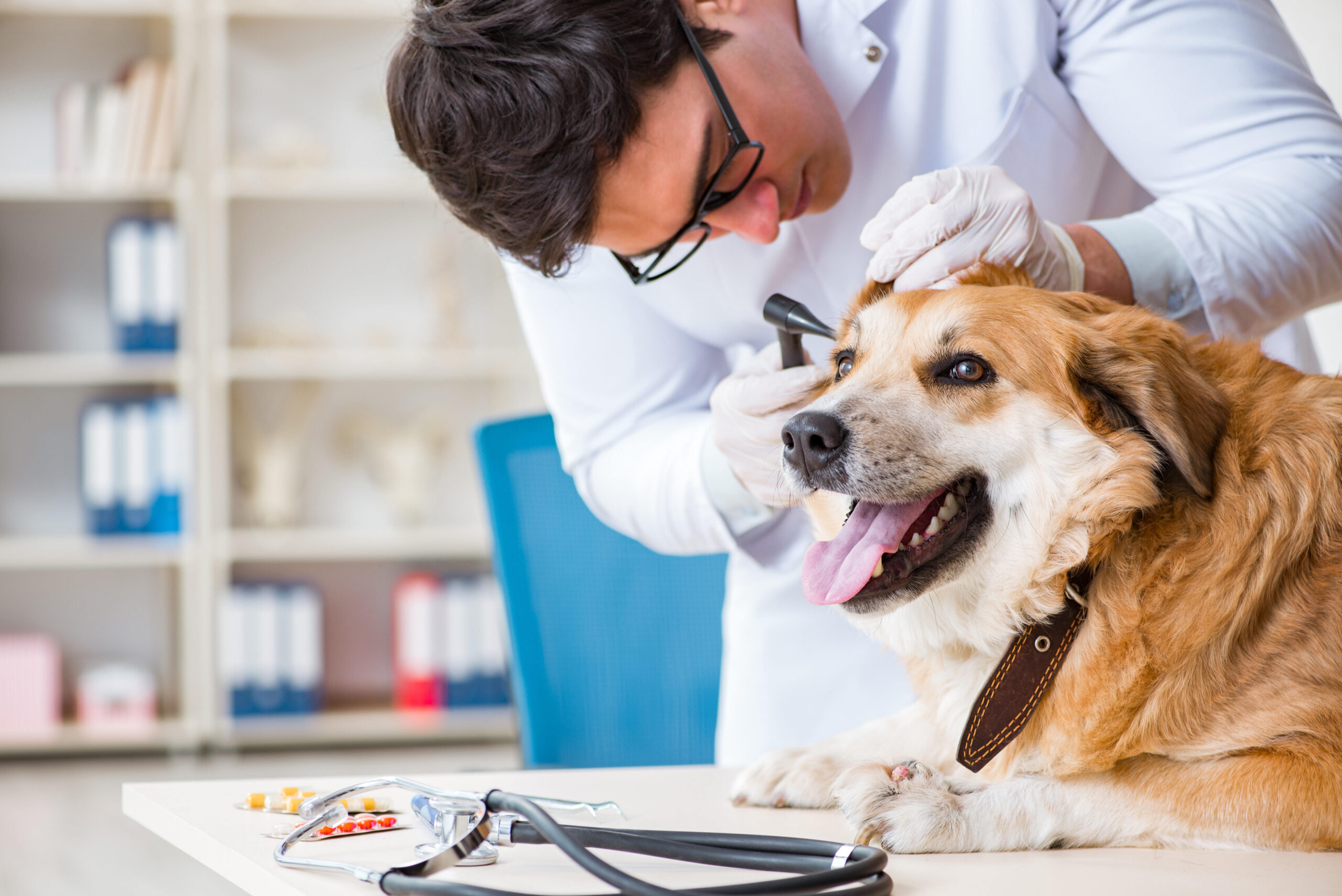Pet Insurance: Why It’s Worth It and How to Get It for Cheap
Updated: Apr 03, 2025
Our pets are part of the family, and just like us, they can face unexpected health issues. That’s where pet insurance comes in, helping cover the cost of medical care and giving you peace of mind. Find out why pet insurance is a smart investment and check out tips to get the best coverage without breaking the bank.

Why Pet Insurance is a Good Idea
Just like human health insurance, pet insurance helps cover the cost of unexpected medical expenses, including surgeries, hospital visits, and treatments for injuries or illnesses. Here are a few reasons why pet insurance is a smart move for pet owners:
1. Unexpected Vet Bills Can Be Costly
Accidents, injuries, and illnesses can happen at any time, and veterinary care can get expensive quickly. For example, if your dog needs surgery for a torn ligament, you could be looking at a vet bill of $3,000 to $5,000. Pet insurance helps cover these unexpected costs, ensuring you don’t have to choose between your pet’s health and your finances.
2. Covers a Range of Treatments
Pet insurance typically covers a wide variety of treatments, from emergency surgeries to medications and diagnostics. Depending on your policy, it can also cover chronic conditions like allergies or arthritis, ensuring your pet gets the care they need over time.
3. Peace of Mind
Knowing that you have insurance can reduce the financial stress of an unexpected illness or injury. With pet insurance, you won’t have to hesitate to get your pet the care they need, regardless of the cost.
4. Customizable Coverage
Many pet insurance plans offer customizable coverage options that allow you to choose what’s most important for your pet’s needs. You can opt for accident-only coverage, full illness and accident coverage, or add-ons like wellness coverage for routine care like vaccinations and check-ups.
5. Improves Your Pet’s Quality of Life
With pet insurance, you’re more likely to seek medical care when your pet needs it, whether it’s an urgent surgery or regular check-ups. This proactive approach can improve your pet’s overall quality of life, helping them live longer, healthier lives.
What Does Pet Insurance Cover?
Pet insurance typically covers a wide range of medical expenses, depending on your policy. Here’s a breakdown of common coverage options:
- Accidents: Injuries like broken bones, swallowed objects, or torn ligaments.
- Illnesses: Coverage for serious illnesses like cancer, infections, or chronic conditions like diabetes.
- Diagnostics: Tests like X-rays, blood work, MRIs, and ultrasounds.
- Medications: Prescription drugs for both short-term issues and long-term conditions.
- Surgeries: Coverage for emergency or planned surgeries.
Some plans also offer add-ons for routine care, such as vaccinations, flea treatments, and annual check-ups, though these typically come at an additional cost.
How to Get Pet Insurance for Cheap
While pet insurance can be a lifesaver when it comes to expensive vet bills, the monthly premiums can add up. Luckily, there are several ways to get affordable pet insurance without sacrificing coverage. Here’s how:
1. Compare Multiple Providers
Just like with any insurance, it’s important to shop around. Different pet insurance providers offer varying premiums, coverage options, and reimbursement rates, so comparing plans is key to finding the most affordable option. Popular providers include:
- Healthy Paws
- Embrace
- Petplan
- Trupanion
- Nationwide
- ASPCA Pet Insurance
Each company offers different coverage options, exclusions, and pricing based on your pet’s breed, age, and health history. Use online comparison tools, such as Pawlicy Advisor or PetInsuranceQuotes.com, to compare quotes from multiple providers quickly.
2. Choose a Higher Deductible or Lower Reimbursement Rate
One of the biggest factors in determining your monthly premium is the deductible and reimbursement rate you choose.
-
Deductible: This is the amount you’ll pay out-of-pocket before the insurance kicks in. Choosing a higher deductible will lower your monthly premium. If you’re comfortable covering minor expenses, a higher deductible can save you money in the long run.
-
Reimbursement Rate: Most pet insurance plans reimburse you for a percentage of your vet bill after you’ve met your deductible. Choosing a lower reimbursement rate (e.g., 70% instead of 90%) will reduce your premium. This option may work for you if you’re able to cover a larger portion of vet bills yourself.
For example, if you choose a plan with a $500 deductible and a 70% reimbursement rate, your monthly premium will be lower than a plan with a $250 deductible and a 90% reimbursement rate.
3. Opt for Accident-Only Coverage
If you’re looking to cut costs but still want peace of mind, consider opting for accident-only coverage. This type of plan is generally much cheaper than comprehensive plans because it only covers injuries from accidents (like broken bones or swallowed objects) but doesn’t include coverage for illnesses.
Accident-only plans are ideal for younger, healthy pets that aren’t at high risk for developing chronic conditions. You can typically find these plans for as low as $10 to $15 per month, depending on your pet’s breed and age.
4. Enroll Your Pet When They’re Young
The younger and healthier your pet is when you sign up for insurance, the cheaper your premiums will be. Most insurers offer lower premiums for younger pets because they’re less likely to have pre-existing conditions or require expensive treatments.
If possible, enroll your pet in a policy while they’re still a puppy or kitten. As pets age, premiums increase, and certain conditions may no longer be eligible for coverage.
5. Look for Multi-Pet Discounts
Many pet insurance companies offer multi-pet discounts if you insure more than one pet. If you have multiple pets, insuring them under the same provider can save you up to 10% on your monthly premiums. Be sure to ask about these discounts when shopping around.
6. Check for Employer or Membership Discounts
Some employers offer pet insurance as part of their benefits package, so be sure to check with your HR department. Even if it’s not fully covered, you may be able to get a group discount through your workplace.
Additionally, organizations like AAA, Costco, or AARP sometimes offer pet insurance discounts to their members. If you’re a member of any of these organizations, ask about potential savings.
7. Use Preventative Care to Avoid High Costs
While pet insurance helps cover unexpected expenses, regular preventative care can save you money in the long run by keeping your pet healthy and avoiding costly treatments. Make sure to:
- Keep up with regular vaccinations.
- Use flea and tick prevention products.
- Schedule annual check-ups with your vet.
Some insurance plans offer wellness add-ons that cover routine care, but if you’re looking to keep premiums low, focus on keeping your pet healthy to avoid frequent vet visits.
8. Consider Self-Insuring
If you’re not convinced that pet insurance is right for you, another option is to “self-insure” by setting aside money each month in a savings account specifically for pet emergencies. For example, if you save $30 to $50 a month, you could build up a fund over time that can help cover unexpected vet bills.
While this approach can work for smaller emergencies, keep in mind that serious accidents or illnesses can cost thousands of dollars, and building up a savings fund takes time.
Conclusion: Protecting Your Pet’s Health Without Breaking the Bank
Pet insurance can be a valuable safety net for unexpected vet bills, ensuring your pet gets the care they need when emergencies arise. While premiums can add up, following these tips—comparing providers, adjusting deductibles, opting for accident-only coverage, and exploring discounts—can help you find an affordable plan. Whether you choose insurance or a self-insurance strategy, having a plan in place can save you money and give you peace of mind, knowing you can afford the best care for your furry friend.

